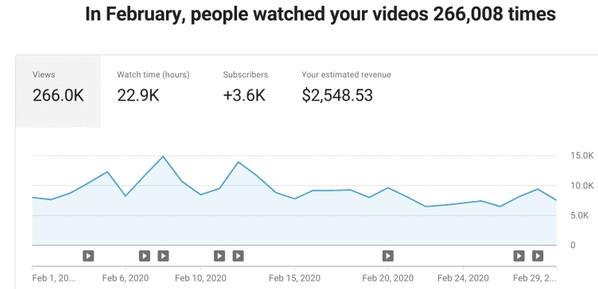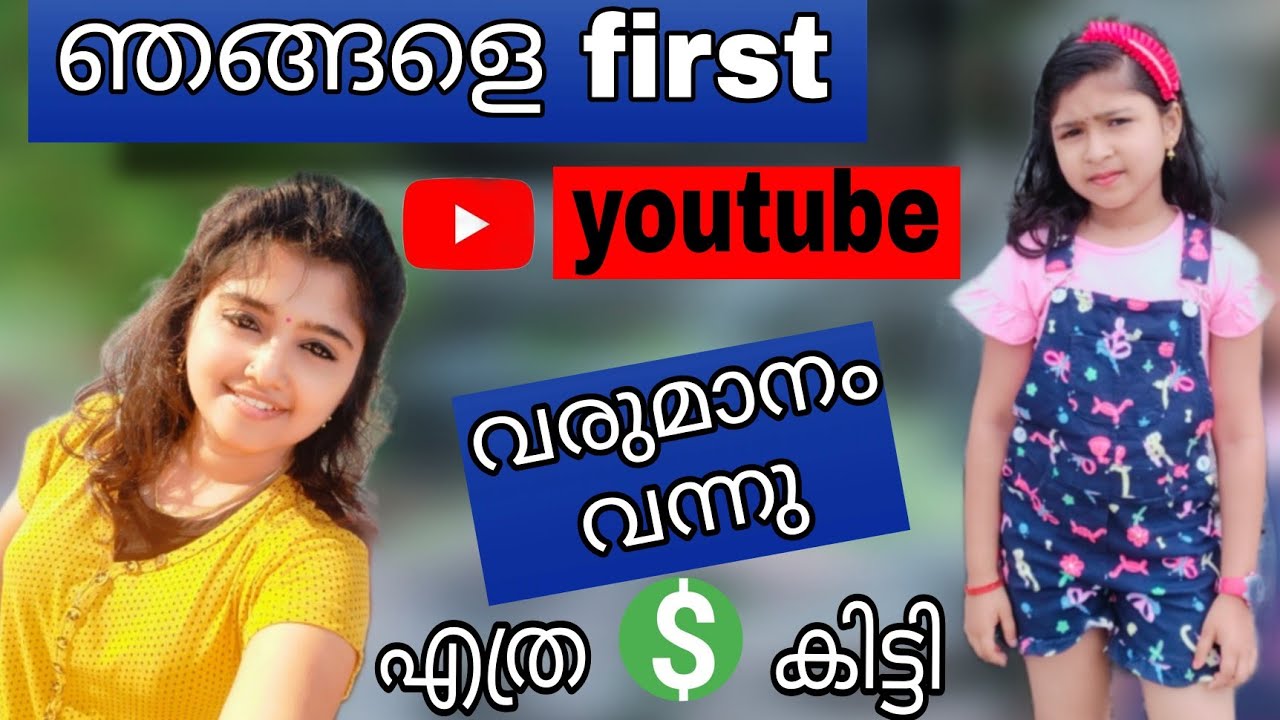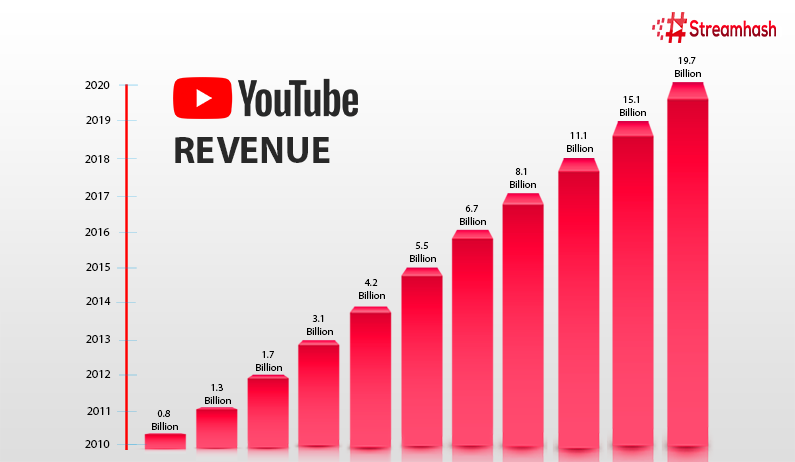YouTube has transformed from a simple video-sharing platform to a lucrative income source for many creators. Understanding how monetization works is crucial for anyone hoping to turn their passion for video into profit. In this section, we'll delve into the basics of YouTube monetization, exploring the different revenue streams available to creators and the criteria they must meet to start earning.
Essentially, monetization on YouTube is about generating revenue through advertising, sponsorships, merchandise, and more. The primary program that facilitates this is the YouTube Partner Program (YPP), which allows creators to share in ad revenue. However, gaining access to this program requires meeting specific eligibility criteria. Let’s take a closer look at how it all works.
Factors Influencing Revenue from YouTube Views

When it comes to earning from your YouTube views, not all views are created equal. Various factors come into play that can significantly influence your revenue potential. Let's break down these factors:
- Ad Types: Different ads pay differently; skippable ads, non-skippable ads, and display ads all have their own rates. Non-skippable ads can generate higher revenue because viewers must watch them in full.
- Geographical Location: Viewers in specific countries often generate higher payouts. For instance, viewers from the United States, Canada, and Australia typically have higher CPM (Cost Per Mille) rates than those from other countries.
- Audience Engagement: A highly engaged audience where viewers like, comment, and share often leads to better ad performance and higher earnings. Longer watch times also mean more opportunities for ads.
- Content Niche: Some niches, like finance or technology, carry higher CPMs due to more lucrative advertiser interests. Conversely, more general topics may yield lower rates.
- Video Length: Videos longer than 8 minutes allow more ad placements, increasing total ad revenue potential.
Considering these factors will provide better insight into how your views translate into hard cash. By focusing on creating engaging content that caters to a lucrative audience, you might see those numbers rise significantly. Understanding the dynamics of revenue generation on YouTube will help you tailor your strategy for more effective monetization.
Ad Revenue Breakdown for 100,000 Views

When it comes to monetizing your YouTube channel, ad revenue is often the most discussed topic, especially when you hit a milestone like 100,000 views. Before diving into specifics, it's essential to understand a few terms. The earnings you make from ads are primarily determined by the Cost Per Mille (CPM), which is the amount advertisers pay per thousand impressions, and the Click-Through Rate (CTR), which represents the percentage of viewers who click on an ad.
Now, let’s break down the potential ad revenue you can expect from 100,000 views:
- Average CPM Rates: CPM rates can vary widely based on factors like your niche, audience demographics, and the season. On average, CPM rates typically range from $1 to $10. However, for specialized content like finance or technology, rates can even soar above $20.
- Estimated Earnings Calculation: To get a clearer picture, let’s do some quick math. If we assume an average CPM of $5, your revenue would look something like this:
CPM ($) Earnings from 100,000 Views ($) 1 100 5 500 10 1,000 - Ad Types: It's also important to consider the types of ads shown. Display ads, skippable ads, and bumper ads all pay differently, which can also influence earnings.
In summary, while 100,000 views can yield varied income based on many factors, understanding these nuances helps you set realistic expectations!
Alternative Revenue Streams on YouTube

While ad revenue can be a significant source of income, it's far from the only way to monetize your YouTube channel. Thinking outside the box can not only increase your overall earnings but also diversify your income sources. Here are some alternative revenue streams to consider:
- Channel Memberships: If you have an engaged audience, channel memberships can be a great way to offer exclusive content and perks in exchange for a monthly fee.
- Merchandise Sales: Selling branded merchandise, like T-shirts, hats, or mugs, can be quite profitable. Platforms like Teespring make it easy to design and sell your products directly linked to your channel.
- Sponsored Content: Partnering with brands in your niche for sponsored videos can yield high payouts. Just ensure that the products align with your content and audience interests!
- Affiliate Marketing: Promote products or services and earn commissions on sales made through your unique affiliate links. This works particularly well for channels focused on product reviews or lifestyle.
- Crowdfunding: Platforms like Patreon allow your fans to support you financially for exclusive content or perks, creating a steady income flow outside of ad revenue.
By exploring these alternative revenue streams, you can create a more sustainable income model for your YouTube channel. Remember, the key to success is understanding your audience and finding ways to add value beyond just ads!
Case Studies of YouTubers with 100,000 Views
When trying to understand the revenue potential of 100,000 YouTube views, it’s valuable to look at real-life examples. Various YouTubers have navigated their channels to amass such view counts, and their experiences can shed light on the factors that influence earnings. Here are a couple of case studies that illustrate the diversity in revenue generation:
- Case Study 1: Tech Review Channel
This YouTuber, who specializes in tech reviews, consistently garners around 100,000 views per video. Their channel is monetized through:
- Ad revenue: The average CPM for tech-related videos can range from $5 to $15.
- Affiliate marketing: They include affiliate links in their video descriptions, earning a commission on any sales resulting from clicks.
- Sponsored content: Collaborations with tech brands, which can significantly boost income.
In total, this YouTuber estimates earning between $500 to $1,500 for videos that hit 100,000 views. Interesting, right?
- Case Study 2: Lifestyle Vlogger
In stark contrast, a lifestyle vlogger covers everything from daily routines to home decor. For videos reaching 100,000 views, the revenue breakdown looks like this:
- Ad revenue: Lifestyle content usually has a CPM around $3 to $10.
- Brand partnerships: Engaging in partnerships with brands for promotions can often earn them $1,000 or more for a feature.
- Merchandising: Some lifestyle content creators also sell branded merchandise.
In this case, they might earn between $300 to $1,200 per video with 100,000 views, depending on these income streams.
These examples illustrate that the revenue from YouTube is not just about views but also about the content niche, engagement, and additional monetization avenues. It's important to remember that every channel is unique!
Conclusion: Estimating Potential Earnings
So, after diving into the case studies and earning potential surrounding 100,000 YouTube views, it's clear that the revenue possibilities are as varied as the channels themselves. Estimating earnings requires considering several factors:
| Factor | Impact on Earnings |
|---|---|
| Content Type | Different niches attract different CPM rates; tech and finance typically earn more than lifestyle or vlogs. |
| Audience Engagement | Higher engagement rates often lead to increased ad revenue and better sponsorships. |
| Diversity of Revenue Sources | Revenue from ads, sponsorships, and products can significantly increase overall earnings. |
In summary, while a rough estimate puts potential earnings for 100,000 views somewhere between $300 and $1,500, it varies substantially based on the individual channel's factors. Are you thinking about starting your YouTube journey? Tailoring your content strategy to maximize these revenue streams can make a big difference!










